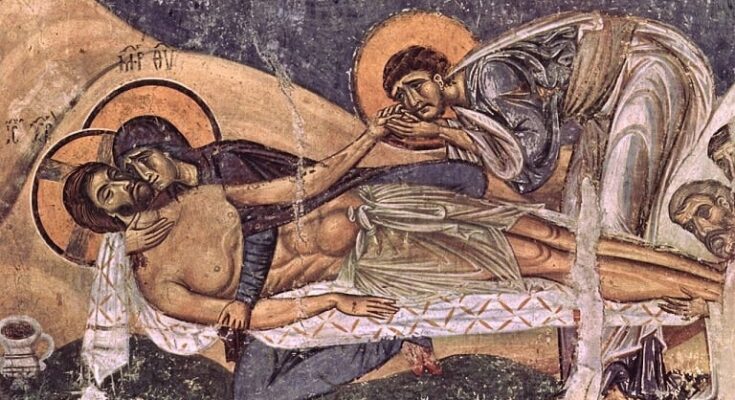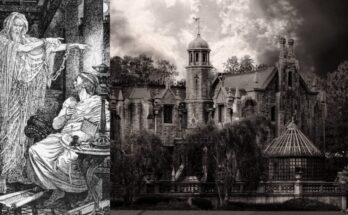
The Louvre Museum (Musée du Louvre) in Paris is to open a new department of Byzantine and Eastern Christian Art in 2027.
A delegation headed by Louvre Director Laurence des Cars arrived in Athens on Thursday to present the new department in the renowned museum.
At an informal meeting at the French ambassador’s residence, des Cars said Greece will play a central role in the new department, which will put on display nearly 20,000 objects of Byzantine art that depict religious and social themes.
The Louvre director and art historian said that cultural exchanges between Greece and France will continue as they started in 2021 for the bicentennial of the Greek War of Independence.
The Department of Byzantine and Eastern Christian Art is the 9th department of the Louvre and will be inaugurated in 2027, two decades after the latest one, dedicated to Islam.
Des Cars said that the Louvre has 9 million visitors annually, making it by far the most visited museum in the world. The new exhibition will allow visitors to get acquainted with the complexity of Byzantine civilization, and remind the public of the region’s contribution to civilization as well at the role of icons.
The Byzantine art contribution to Western Civilization
The international tender for the museum’s new department has been concluded, with WHY company winning the bid. As des Cars underlined, the department will open new paths of collaboration with Greece.
The Department of Byzantine and Eastern Christian Art will be curated by Maximilien Durand, who said that the department’s permanent exhibition will include objects from the 3rd century AD to 1923 (the Lausanne Treaty signing), and cover areas from Ethiopia to Russia, the Caucasus to Mesopotamia, and the Balkans to the Middle East, with Greece playing a key role in this large geographical area.
Besides the chronological and geographical aspects, the exhibition will also explore the role of icons for Christians in the East, how the use of iconography developed, and how it defined the cultures of the region.
All of these factors formulate the conditions of a dialog, emphasizing the varied influences between East and West as only the Byzantine period can narrate best, Durand said.
The Byzantine contribution to the arts, and especially painting, was original and reached a degree of expressiveness that can rarely be compared with any other.
Byzantine art with its unique characteristics continues to be influential and is still discussed today, mainly because of its abstract character and rich, earthy colors. Its influence is most evident in Italy.



